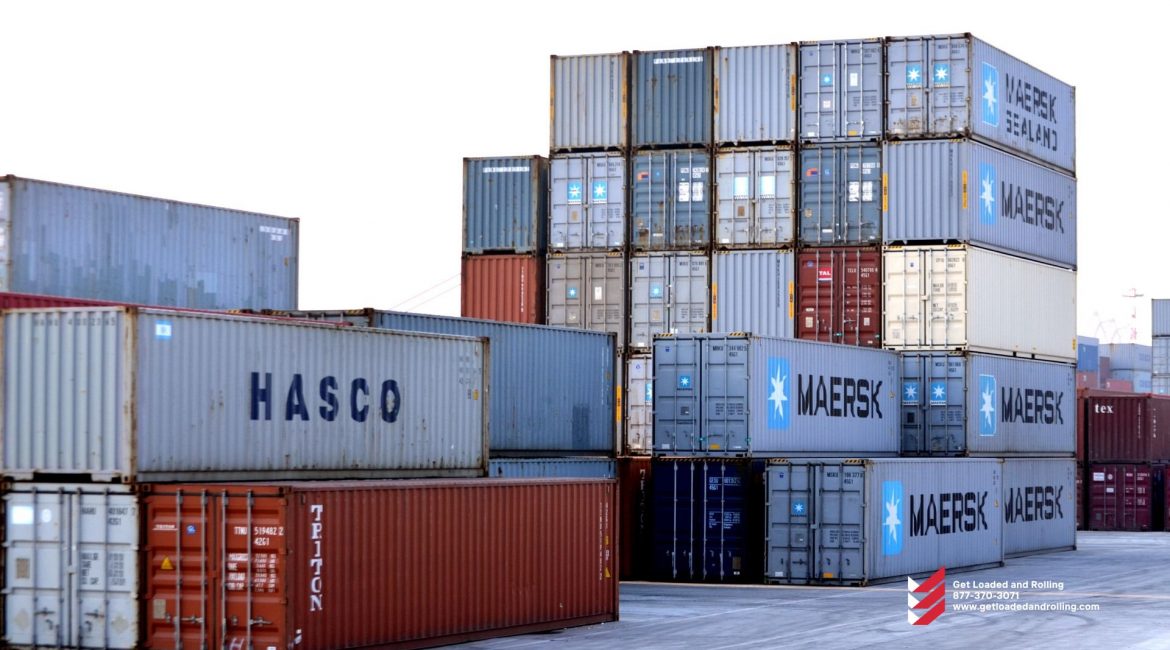Shipping partners are used by businesses like yours to carry items from the manufacturer to the warehouse and from the warehouse to retail outlets. It is the responsibility of these shipping partners to assure safe, dependable transport and delivery — but it is your obligation to pack your items to preserve them intact.
Here are the top five best practices for preparing your cargo for shipment.
1. Pack for Strength from Inside Out
During any type of shipping, your goods will collide with each other and strive to move freely. To reduce air pockets, use solid, undamaged boxes filled with new packing materials. Then, in even rows, stagger individual units with scattered weights. As a best practice, use flat cardboard in between rows as needed and shrink-wrap pallets 3-5 times around to increase stability and protect against dust and truck fumes.
2. Label all boxes in the shipment properly.
Nothing slows down processing more than incorrectly labeled commodities. In addition to precise lists of contents, ensure that each piece of your cargo is labeled with names, phone numbers, and company contact information. To facilitate scanning and tracking at both the origin and destination, this information should be pasted in two areas on the cargo, ideally the top and side.
3. Angled Pallets for Stability
Nobody wants shaky pallet stacks. Stack them at 45-degree angles, with the corners overlapping the straight sides of the pallets beneath. This will help with unloading and provide a better basis for weight distribution during shipment.
4. Weatherproofing to Avoid Damage
Even if the shipment was successful, unexpected wet or ice circumstances during loading and unloading can harm items. Prepare for severe weather by shrink-wrapping the tops of your pallets and/or boxes (along with the sides) to prevent moisture from leaking between layers. You can also use strapping to help weatherproof a substantial tarp.
5. Select the Appropriate Shipping Shape
Jagged edges and overhang beyond the pallet dimensions pose a risk of injury and can raise the expenses and precautions required to prevent damage. Choose a pallet, crate, or shipping container that can retain the cargo securely inside its edges. Because freight shippers can better arrange for goods when their dimensions are properly defined, this may actually cost less than cramming overly large things onto a too-small pallet.
Leave the rest to us once your shipment has been properly prepped for transit. At Get Loaded and Rolling, our primary job is to transport your goods from point A to point B as reliably, safely, and with as little damage as possible – a goal we strive for at every stage of your shipment trip. Our transportation experts are here to help you make shipping options. Contact us immediately to get started – and let’s get this party underway.
If you’re interested in learning more about shipping with Get Loaded and Rolling, now is the best time to get started. Sign up with Get Loaded and Rolling today.
